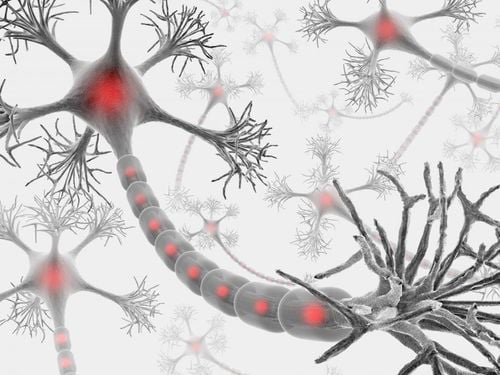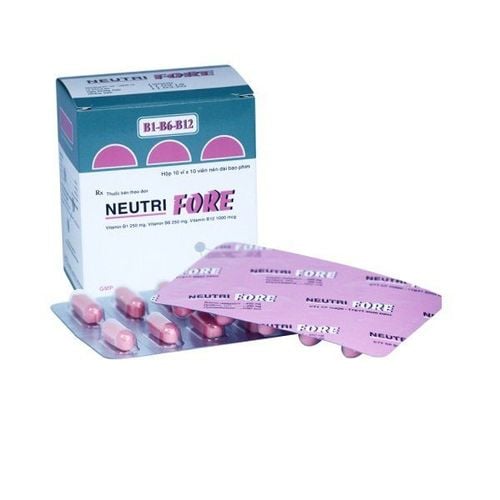This is an automatically translated article.
Chronic demyelinating polyneuropathy is a neurological disease that damages and destroys nerves in the body. The disease affects their ability to move, especially the arms and legs, as well as their sensory functions, leading to tingling and paralysis of the limbs.1. What is demyelinating polyneuritis?
Chronic Inflammatory Demyelinating Polyneuropathy (CIDP) is a neurological disorder characterized by progressive impairment and impairment of sensory function in the legs and arms.The cause of the disease is damage to the myelin sheath (the fatty layer that surrounds and protects nerve fibers) of the immune-mediated peripheral nerves. Although the disease can occur at any age and in both sexes, it is more common in young people and is more common in men than women. The mean age of onset is 50 years old.
Chronic demyelinating polyneuritis often presents with symptoms including:
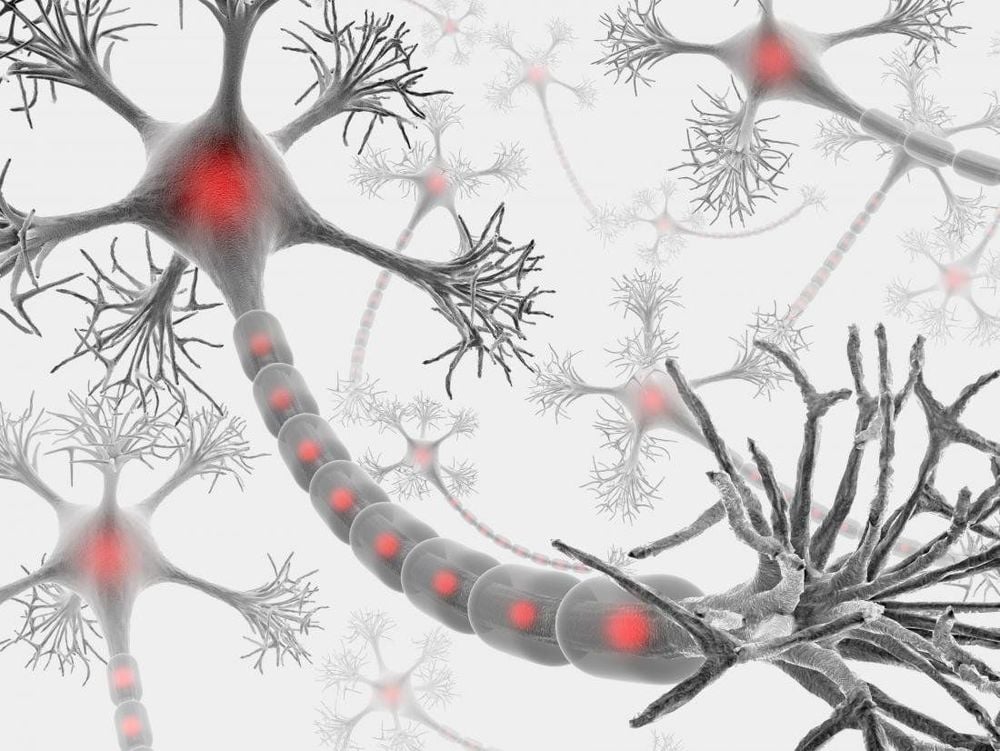
Nguyên nhân gây bệnh viêm đa dây thần kinh huỷ myelin là do tổn thương bao myelin
Tingling or numbness (starting in the toes and fingers), arm and leg weakness, loss of deep tendon reflexes (areflexia), fatigue, and abnormal sensations. Symptoms tend to occur on both sides of the body, for example, in both legs. Some patients may only notice changes in sensory function, such as tingling and numbness, without experiencing changes in walking or mobility. Chronic demyelinating polyneuropathy is closely associated with Guillain-Barre syndrome and it is considered the chronic counterpart of this acute disease.
2. Causes of chronic demyelinating polyneuropathy
Although doctors don't know the exact cause of chronic demyelinating polyneuropathy, they think the condition is an autoimmune disorder in which the body's defenses attack healthy tissue.
3. Diagnosis of demyelinating polyneuropathy (CIDP)
Chronic demyelinating polyneuropathy is a rare condition, so it can be difficult for doctors to make an initial diagnosis. Doctors need to follow an individual for 1 to 2 months before making a final diagnosis.
The doctor will check the medical history and ask the patient about the symptoms. Some signs that may indicate chronic demyelinating polyneuropathy include: Absence of reflexes and weakness in the arms and legs. After reviewing your symptoms, your doctor will likely order a series of tests to rule out other similar disorders. For example, they may recommend a lumbar puncture to check spinal fluid for the presence of inflammatory cells, such as white blood cells.
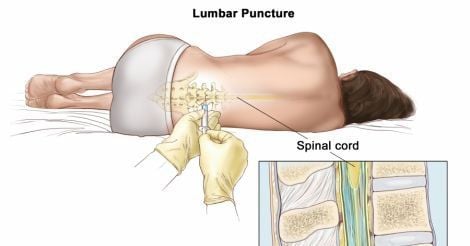
Kỹ thuật chọc dò tủy sống được thực hiện giúp chẩn đoán bệnh CIDP
Other laboratory tests include:
Immunolocalized serum protein electrophoresis: Indicated to look for monocyclic gamma disease and other associated conditions Serum glucose and hemoglobin A1C (HbA1C) Antibodies antinuclear and other joint disease tests. Hepatitis tests HIV test MRI imaging of brain, spinal cord or brachial plexus: Performed to rule out other diseases, especially myelopathy.
4. How is chronic demyelinating polyneuropathy treated?
Treatment of chronic demyelinating polyneuritis involves reducing inflammation, which causes nerve-related symptoms.
Although there is no cure for this condition, drugs that modulate or normalize the immune system can help improve the effects CIDP has on a person's nerves. The classes of drugs used in the treatment of chronic demyelinating polyneuritis include:
IVIg (intravenous immunoglobulin): All drugs contain antibodies (immunoglobulins) that help prevent other types of immunoglobulins from causing damage. nerve. Another effective option for the treatment of chronic demyelinating polyneuropathy is plasma exchange. Oral glucocorticoids
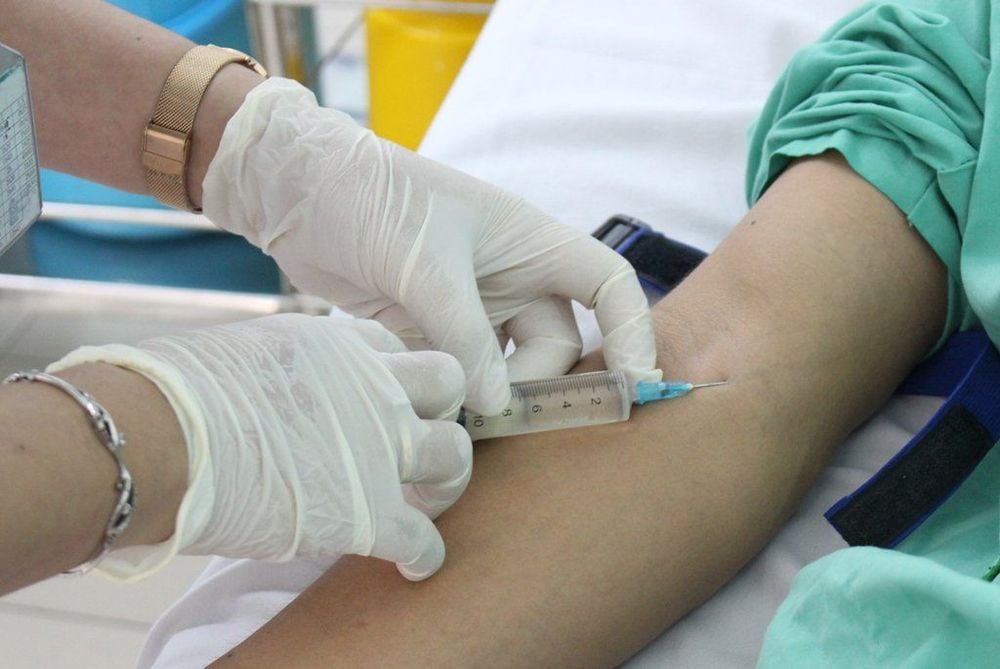
Điều trị viêm đa dây thần kinh hủy myelin mãn tính có thể dụng thuốc tiêm tĩnh mạch theo chỉ định của bác sĩ
Besides, combined with physical therapy treatment can improve muscle strength, function and mobility, and minimize muscle and tendon contracture and joint deformity.
5. Diet in treatment
Sometimes doctors will recommend an anti-inflammatory diet for people with chronic demyelinating polyneuropathy to help relieve their symptoms. However, diet is not a substitute for taking the medications listed above. An anti-inflammatory diet shares many of the same features as most healthy diets, so a person should avoid:
High-sodium foods High-sugar foods Processed foods Saturated fats Trans fats chemistry

Chế độ ăn của người bệnh CIDP cần hạn chế các loại thực phẩm chế biến sẵn
In summary, according to a study published in the journal Current Treatment Options, it is estimated that 90% of people with chronic demyelinating polyneuropathy will respond to immunosuppressive treatments, such as (immunoglobulin) intravenous injection).
However, in the long run, many people with CIDP still need assistive devices, such as canes, walkers, or wheelchairs to help them move around. In general, the earlier a person is diagnosed and treated for demyelinating polyneuropathy, the better their prognosis tends to be.
Any questions that need to be answered by a specialist doctor as well as customers wishing to be examined and treated at Vinmec International General Hospital, you can contact Vinmec Health System nationwide or register online HERE.




